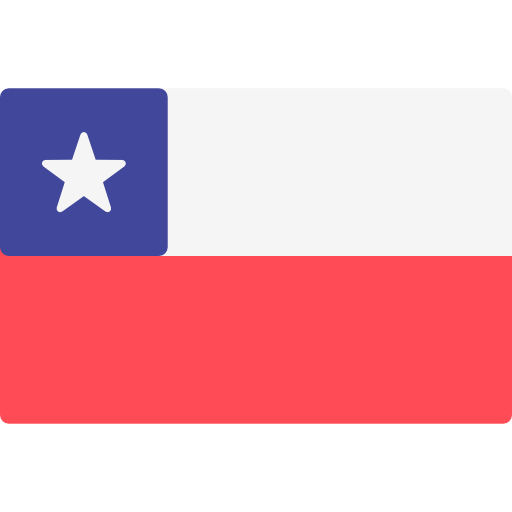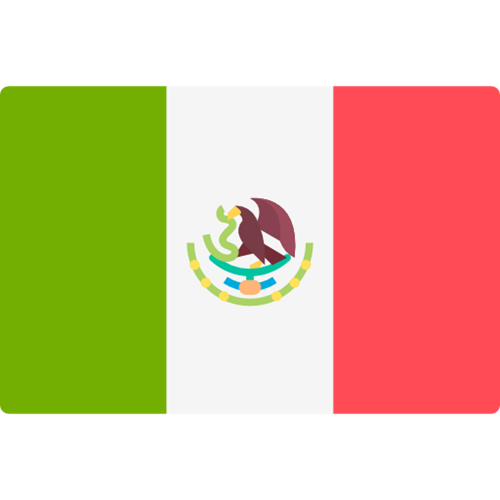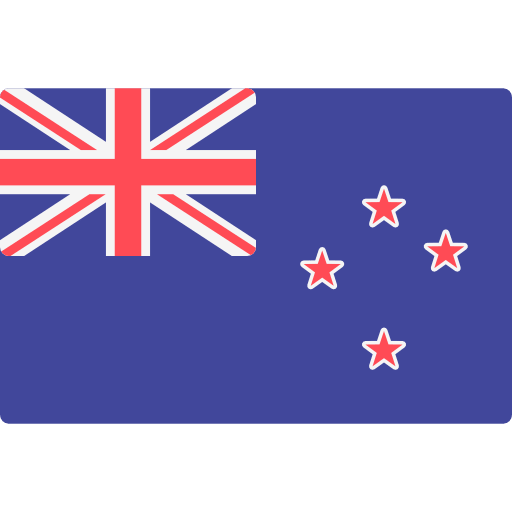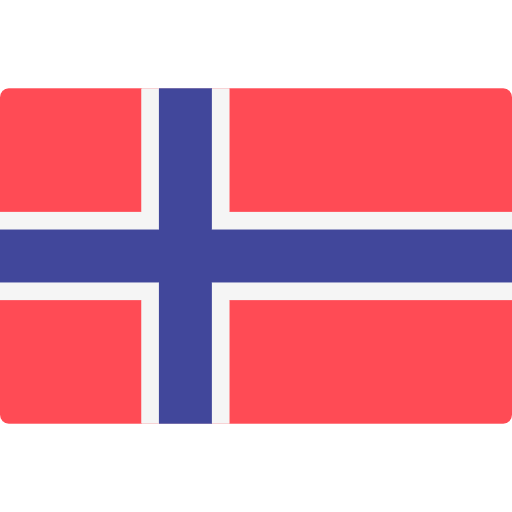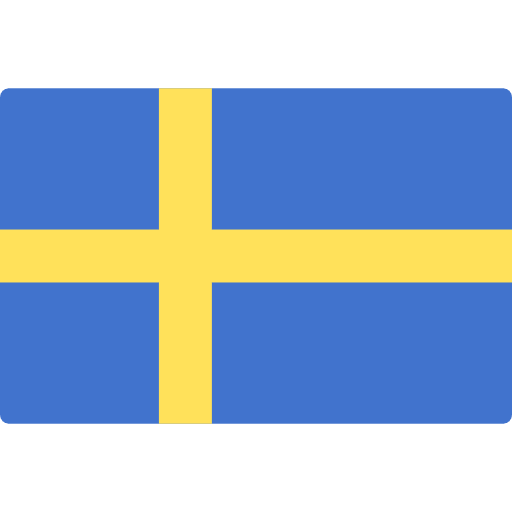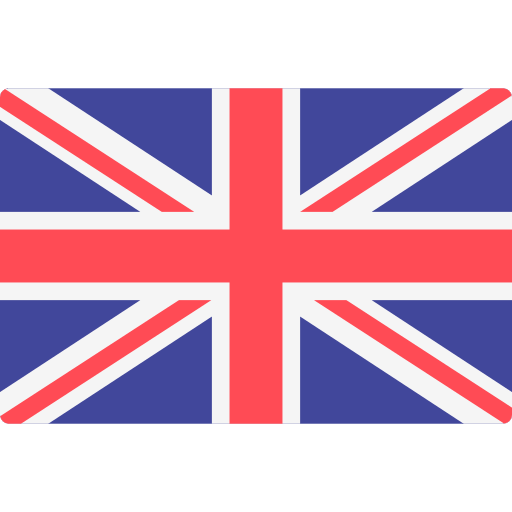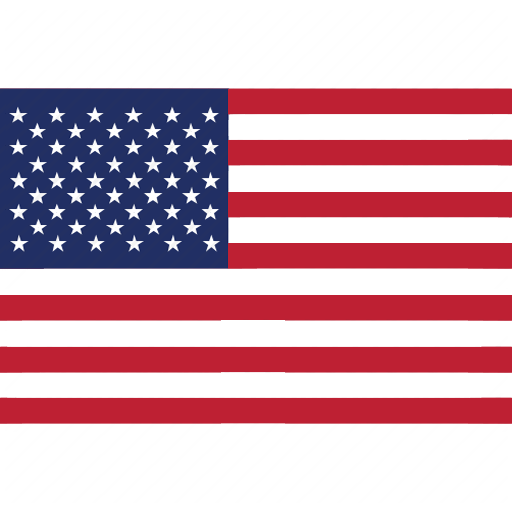Eurofins Softlines & Leather Monthly Bulletin (July 2025)


New additions to the Candidate List of Substances of Very High Concern (SVHCs)
On 25 June 2025, the ECHA (European Chemicals Agency) released the new Candidate List of SVHCs with the addition of three new substances. The current list of SVHCs now contains 250 substances.
The table below indicates the latest substance addition:
|
Nº |
Substance name |
EC number |
CAS number |
Reason for inclusion |
Example of use(s) |
|
1 |
1,1,1,3,5,5,5-heptamethyl-3-[(trimethylsilyl)oxy]trisiloxane |
241-867-7 |
17928-28-8 |
Very persistent and very bioaccumulative, vPvB (Article 57e) |
Used as a laboratory reagent, in cosmetics and personal care products and perfumes and fragrances. |
|
2 |
Decamethyltetrasiloxane |
205-491-7 |
141-62-8 |
Very persistent and very bioaccumulative, vPvB (Article 57e) |
Used in cosmetics and personal care products, in lubricants and greases and in automotive care products. |
|
3 |
Tetra(sodium/potassium) 7-[(E)-{2-acetamido-4-[(E)-(4-{[4-chloro-6-({2-[(4-fluoro-6-{[4-(vinylsulfonyl)phenyl]amino}-1,3,5-triazine-2-yl)amino]propyl}amino)-1,3,5-triazine-2-yl]amino}-5-sulfonato-1-naphthyl)diazenyl]-5-methoxyphenyl}diazenyl]-1,3,6-naphthalenetrisulfonate; Reactive Brown 51 |
466-490-7 |
- |
Toxic for reproduction (Article 57c) |
Used in textile treatment products and dyes. |
Legal obligations for companies using SVHC substances include:
- Suppliers provide customers and consumers with enough information to allow for safe use of products that contain a substance of very high concern (SVHC) above a concentration of 0.1 % (weight by weight).
- Importers and producers of these products must notify the ECHA if their article contains SVHC substances above a concentration of 0.1% weight by weight (w/w) and the substance is present in those products in quantities totalling over 1 tonne per producer or per importer per year. The notifications must be submitted within six months from the date it that the substance is included in the list.
- Suppliers of substances on the Candidate List, supplied either on their own or in mixtures, must provide their customers with a safety data sheet.
- Under the Waste Framework Directive (Directive 2008/98/EC on waste- WFD), any supplier of an article containing a substance of very high concern (SVHC) in a concentration above 0.1% weight by weight (w/w) on the EU market is required to submit a SCIP Notification on that article to ECHA, as of 5 January 2021. SCIP is the database holding information on Substances of Concern in articles, as such or in complex objects (products), established under the WFD. The SCIP database complements the existing notification obligations for Candidate List substances in articles subject to REACH regulation and its related communication through the supply chain, according to Articles 7 (2) and 33 respectively.
Click here to access the official List from ECHA’s website.
New Environmental Footprint Rules for apparel and footwear
On 25 June 2025, the European Commission approved the new Product Environmental Footprint Category Rules (PEFCR) for apparel and footwear.
The PEFCR are detailed guidelines which provide a standardised, science-based method to assess environmental impacts across the entire product lifecycle, from raw material extraction, production, and logistics to use and end-of-life. This enables companies to measure their environmental footprint and identify where improvements can be made through sustainable design and production practices.
The apparel and footwear PEFCR cover all categories of garments and footwear with 13 product sub-categories.
|
Apparel & footwear PEFCR: 13 product sub-categories |
||
|
T-shirts |
Underwear |
Footwear – Boots |
|
Dresses |
Socks |
Footwear – Shoes |
|
Sweaters |
Swimwear |
Footwear – Sandals |
|
Trousers |
Shirts |
|
|
Jackets |
Skirts |
|
These categories were selected based on their market relevance and representativeness, and each comes with predefined assumptions (e.g., number of wears, washing frequency, material composition) to streamline the footprint calculation.
The essential factors which are considered in the PEFCR to improve the environmental footprint of apparel and footwear are:
- Circularity (use of recycled materials, recycling of the product)
- Durability (extending the life of apparel and footwear)
- Repairability
- Fibre fragments (microplastics, small pieces of fibre)
- Life cycle focus of the product
For more information, please refer to the European Product Environmental Footprint website here.
New labelling rules for products of animal origin
On 9 April 2025, the Turkish Ministry of Trade introduced new consumer protection regulations requiring clear labelling of products containing materials of animal origin. Published in the Official Gazette (No. 32865), the new rules aim to enhance transparency and inform consumers’ purchasing decisions.
According to the new legislation, the requirements are:
- Sellers must disclose the animal source of any product containing parts of animal origin.
- This information must be clearly presented in Turkish, in a legible and non-misleading manner, and made available before the purchase.
- The disclosure can appear on the product label, packaging, or an accompanying document.
- For online or distance sales, the information must be displayed where the product’s characteristics are described—typically on the product page.
The regulation applies to a wide range of consumer goods, including leather products, textiles, garments, and footwear. It also impacts the enforcement of two key import control communications:
- Product Safety and Control: 2025/12 (covering general consumer products)
- Product Safety and Control: 2025/18 (covering textiles, clothing, and leather goods)
While the law does not indicate a specific format for presenting the information, businesses are encouraged to ensure visibility and clarity, especially in digital sales environments.
This move aligns with global trends toward greater transparency in product sourcing and ethical consumerism, reinforcing Turkey’s commitment to consumer rights.
These requirements entered into force on 9 June 2025.
The table below summarises some recent ASTM standards updates:
|
Reference |
Title |
|
ASTM D8608-25 |
Standard Test Method for Flame Resistance of Leather |
The Competition Bureau of Canada issues final guidelines on environmental claims
The Competition Bureau of Canada has published its final environmental claims guidelines, following two rounds of public consultation. These guidelines are intended to help businesses comply with the Competition Act, particularly considering new anti-greenwashing provisions that came into effect on 20 June 2024.
This bulletin provides an overview of key updates and their implications for businesses making environmental claims in Canada.
What is considered an environmental claim?
The Bureau defines “environmental claims” as any representation related to the environment made to promote a product, service, or business.
“Greenwashing” refers to claims that mislead consumers by exaggerating, fabricating, or failing to properly support environmental benefits. These practices are now directly addressed under the revised Competition Act.
New provisions in the Competition Act
Two new provisions were introduced to directly address greenwashing:
- Product environmental claims: Claims about a product’s benefits to the environment, such as protecting ecosystems, restoring resources, or mitigating climate impact, must be backed by adequate and proper testing conducted before the claim is made.
- Business or operational environmental claims: Claims about a business’s operations or goals (e.g., "carbon neutral supply chain") must be substantiated using reliable evidence grounded in an internationally recognised method.
These new provisions build upon existing deceptive marketing provisions under the Competition Act, which prohibit false or misleading representations and require product performance claims to be based on adequate and proper testing.
Key principles for making environmental claims
To ensure compliance with the Competition Act and reduce the risk of greenwashing, the Competition Bureau of Canada recommends that businesses consider the following principles when making environmental claims:
- Be truthful and not misleading: Ensure that environmental claims are accurate and not misleading in their overall impression. According to the Bureau’s guidance, even a technically correct statement may still mislead consumers if it implies a broader or more significant benefit than what is substantiated. Disclaimers or fine print should not be used to correct an otherwise misleading message.
- Back claims with proper testing or evidence: Product-related claims should be supported by adequate and proper testing conducted in advance. For claims related to business operations or goals, the Bureau recommends using internationally recognised methodologies and sufficiently rigorous evidence to support the claim.
- Use clear and specific language: Avoid vague or general terms such as "green" or "eco-friendly" unless clearly defined. The Bureau recommends that claims should identify what specifically is being referred to, whether a component, product, service, or the entire business activity.
- Avoid overstating or exaggeration: The Bureau’s guidance discourages overstating minor environmental benefits or implying impacts that cannot be adequately supported. Claims should remain proportionate and fact-based.
- Clarify comparative claims: When making comparisons (e.g., to earlier products or competitors), the Bureau recommends that businesses specify what is being compared, the basis for the comparison, and any relevant context or conditions.
- Support future-oriented claims with credible plans: Future claims (such as “net-zero by 2050”) should be substantiated with a credible and verifiable plan, including interim targets and steps already underway. According to the Bureau, such claims should be grounded in an internationally recognised method.
The Competition Bureau of Canada strongly encourages all businesses to review the complete guidelines before making or revising any environmental marketing claims. The final guidelines are available on the Government of Canada’s website here.
Below you will find a monthly summary of product recalls and alerts in Europe (Source “Safety Gate (RAPEX)”) and the U.S. (Source “CPSC”).
Safety Gate (RAPEX) (European Commission Rapid Alert System for dangerous non-food products – Alerts reported by EU national authorities)
The following 7 alerts regarding clothing, textile and fashion items were reported between week 20 and week 23 of 2025.
|
Type of Risk |
Number of alerts |
Notes |
|
Chemical |
1 |
Plastic sandals The plastic material of the product contains an excessive amount of lead and cadmium. The product does not comply with the REACH Regulation. |
|
1 |
Children's sandals The plastic material of the sandals contains an excessive amount of dibutyl phthalate (DBP) and lead. The product does not comply with the REACH Regulation. |
|
|
1 |
Leather belt The rate of nickel release is too high. The product does not comply with the REACH Regulation. |
|
|
Choking |
1 |
Children's coat The product has small parts (buttons) that can be easily detached. The product does not comply with the General Product Safety Regulation or EN 71-1. |
|
Choking, Injuries, Strangulation |
1 |
Children’s jumpsuit The product has long decorative cords/ribbons in the neck area. These drawstrings can become trapped during various activities of a child. Moreover, the easy unravelling of the material from which the ends of the hanging decorative cords/ribbons are made can generate small pieces. A small child may put these in their mouth. The product does not comply with the General Product Safety Regulation or EN 14682. |
|
Injuries |
1 |
Children's pants The product has long drawstrings with free ends in the waist area. These drawstrings can become trapped during various activities of a child. The product does not comply with the General Product Safety Regulation or EN 14682. |
|
1 |
Children's clothing set The shorts have long drawstrings with free ends in the waist area. These drawstrings can become trapped during various activities of a child. The product does not comply with the General Product Safety Regulation or EN 14682. |
Office for Product Safety and Standards (OPSS) issues Product Safety Alerts to the UK market. The following 3 alerts regarding clothing, textile, and fashion item was issued between week 20 and week 23 of 2025.
|
Hazard |
Number of alerts |
Notes |
|
Entrapment and strangulation |
1 |
Beach/Swim wear The products have long functional drawcords. The product does not meet the requirements of the General Product Safety Regulations 2005. |
|
Injuries |
1 |
Clothing set The cord supplied with the shorts is too long. A child could become tangled or trapped in the cord. The product does not meet the requirements of the General Product Safety Regulations 2005. |
|
1 |
Rompers The zips have sharp edges. This may lead to babies becoming scratched during use. The product does not meet the requirements of the General Product Safety Regulations 2005. |







